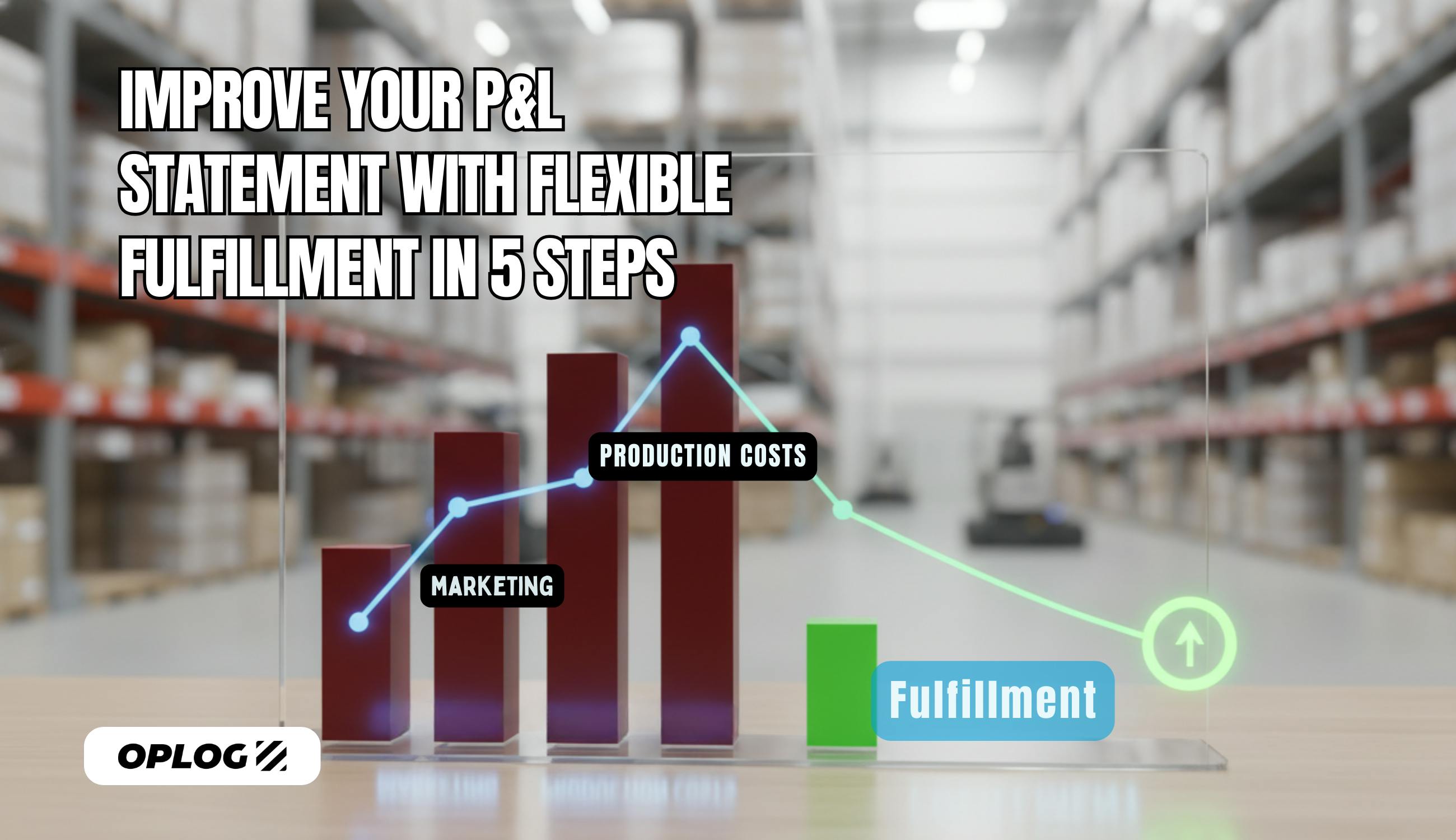As seasons change, so do customers' demands, affecting purchasing patterns and business revenue. Every retail business must forecast demand accordingly throughout the year and prepare to handle surges and dips in inventory items.
Seasonal demands aren’t new and are constant. It comes with the dynamic nature of human wants often influenced by many factors such as social, economic, cultural, environmental, and a handful of others.
To stay competitive, your business must adapt to these changes in demand.
This blog post will explore how to navigate seasonal demands using technology to effectively manage the challenges of post-seasonal inventory.
Table of content
- What is seasonal inventory?
- Challenges of post-seasonal inventory and solutions
What is Seasonal Inventory?
Effectively managing inventory is a crucial aspect of running a successful retail business. But when it comes to seasonal inventory, the stakes are even higher.
Seasonal inventory refers to products with varying demands depending on specific times of the year, such as holidays, festivals, or weather conditions. Whether you operate in the retail or manufacturing industry, knowing how to handle seasonal inventory can significantly impact your profits.
Post-seasonal inventory challenges and solutions
Effective inventory management is crucial for maintaining profitability and sustainability. As the curtain falls on the peak season, businesses face a new set of challenges – post-seasonal inventory management.
This phase involves tackling issues like excess inventory, stock obsolescence, and optimizing cash flow. Fortunately, you can navigate these challenges with technology and enhance post-seasonal inventory management's efficiency.
Here are common post-seasonal inventory challenges and their solutions.
Challenge 1: Forecasting Accuracy
Seasonal products or services often experience rapid shifts in demand, making it difficult for businesses to predict the required inventory levels. Inaccurate forecasts can result in either overstocking, leading to unnecessary holding costs, or understocking, leading to stockouts and lost sales.
Overstocking can lead to deadstock, which leaves unsolved inventory. This can be a significant financial burden, as it ties up capital and takes up space in warehouses or retail stores. On the other hand, understocking can lead to lost sales and failure to meet customer demand.
Solution: Predictive Analytics and Machine Learning
One way to tackle this issue is using technology-based solutions such as predictive analytics and machine learning.
These tools analyze historical sales data, external market factors, and customer behavior patterns to generate more accurate demand forecasts.
By incorporating these forecasts into inventory planning, you can make informed decisions about restocking quantities, inventory allocations, and promotional activities during the post-seasonal period. This helps minimize the risks of overstocking or stockouts, optimize resource allocation, and ensure efficient inventory management post-season.
Challenge 2: Storage Issues
Storage issues in post-seasonal inventory management can significantly impact efficiency, profitability, and overall operations.
These challenges arise when you are left with excess inventory after a peak season, and finding appropriate storage solutions becomes a crucial concern.
London remains the most expensive warehouse market, with prime space costing £33 (US$42) per square foot. Sydney is second at £21.61 per square foot, and Los Angeles is third at £21.21 ($27).
With the rising total cost of warehousing growing by 10.1% in the 12 months ended June 2023, If an inventory isn’t moving, it takes up valuable space and erodes your budget.
Solution: Partner with a Third-Party Fulfillment Company
A third-party fulfillment company like OPLOG will significantly decrease operational costs, ensuring you do not need warehouse rental.
Besides eliminating rental costs, you also increase customer satisfaction and improve operational efficiency.
Incorporated with a real-time inventory management system, you can track orders, determine liabilities for in-transit goods, and meet the promised delivery timeframes of customers.
OPLOG efficiently manages omnichannel fulfillment for top brands. With strategically located warehouses in London, Germany, and the US, you can expect hassle-free cross-border deliveries that are always on time.
Challenge 3: Stock Outs
Retail businesses miss out on nearly $1 trillion in sales annually because of out-of-stock items.
Stock out is when a business cannot meet customer demand for a product due to insufficient inventory and can occur due to inaccurate forecasting, poor planning, or unexpected demand spikes.
The average out-of-stock rate for eCommerce businesses is about 8%, rising to 10% for promotional or discounted items.
Managing inventory after the season can be difficult due to stockouts. This can impact a retailer's revenue, reputation, and customer satisfaction.
Solution: Data Analytics and Historical Insights
Data analytics plays a pivotal role in post-seasonal inventory management. Analyzing historical sales trends and customer behavior allows you to gain invaluable insights into products that are hot sellers and those that may fall flat.
With this information, you can make informed decisions about restocking, markdowns or discontinuing certain products.
For instance, if your analytics reveal that a particular product consistently performs well after the peak season, consider keeping it in stock for longer or offering it year-round.
With OPLOG One, you can access your order history and reports that provide insights to see products with high demand during and after seasonal demands.
Problem 4: Transportation and Logistics
Consumer demand changes can strain your logistics networks, overloading shipping and delivery services.
This translates into high logistics costs, delivery delays, and poor customer satisfaction.
To manage the demand increase, expanding your capacity may be necessary. But after the high-demand season, you are left with excess logistics capacity.
Solution: Partner with a Trusted 3PL Provider
By partnering with a 3PL provider, you can consolidate shipments and maximize truck or container utilization, reducing transportation costs while increasing efficiency.
By partnering with a reliable third-party logistics (3PL) provider, you can guarantee that your orders are constantly tracked in real-time, thus avoiding any instances of missing or misplaced items.
Additionally, a 3PL partner with scalable solutions can help you seamlessly adapt to changes in demand, ensuring that your operations, resources, and infrastructure are adequately adjusted to accommodate higher workloads during peak shopping seasons. This, in turn, allows you to process orders more efficiently and reduce fulfillment times.
Elevate your post-purchase operations with OPLOG. Precision, reliability, and tech-driven solutions align to serve Europe's leading online retail brands. For a tailored approach to fulfillment, contact us today.
Wrapping up…
Post-seasonal inventory management may present challenges, but technology offers many solutions to navigate them effectively. From inventory management software to predictive analytics and automation, you can leverage technology to optimize inventory levels, enhance accuracy, and ensure a smoother transition between seasons.
Additionally, an omnichannel strategy can provide a flexible and scalable approach to your operations. By integrating multiple channels, such as online marketplaces, e-commerce websites, and physical stores, you can offer a seamless and consistent sales experience year-round.
Omnichannel involves various components, such as order management systems, distribution centers, order fulfillment processes, transportation systems, and reverse logistics.






